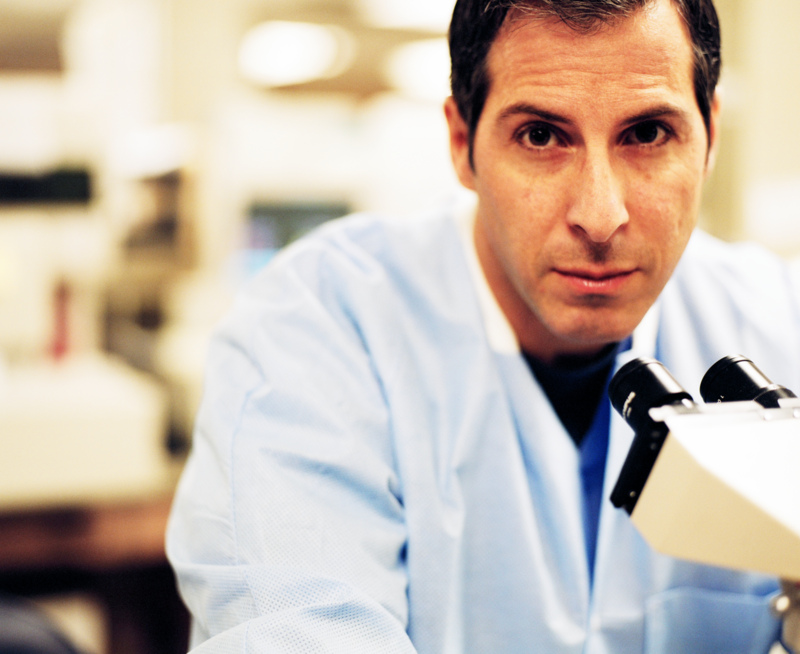
THURSDAY, Jan. 10 (HealthDay News) — Too often, patients with a relatively rare genetic disorder called tuberous sclerosis undergo unnecessary surgical removal of a kidney, experts say.
This happens because benign growths that are caused by the disorder are sometimes interpreted as cancers by doctors who are unfamiliar with tuberous sclerosis, one specialist said.
For people who come to the doctor with kidney problems and who then show signs of a mass on the organ on imaging scans, “a lot of times there’s an indication that they remove part or the whole kidney,” said Dr. Rahmin Rabenou, a clinical assistant professor of medicine at New York University School of Medicine and kidney specialist at NYU’s Tuberous Sclerosis Center.
However, “those rules don’t really apply to tuberous sclerosis [which has] all sorts of unusual findings in the kidneys,” he said.
Unfortunately, doctors unfamiliar with the disorder too often “use the rules for people without tuberous sclerosis: ‘Oh, this kidney needs to be removed,'” Rabenou explained.
Tuberous sclerosis complex affects about one in every 6,000 people and causes benign, often fat-filled, bleeding tumors called angiomyolipomas to form throughout the body. The disease can affect the brain, heart, kidneys, skin and eyes.
“It classically presents in infancy with seizures, which are due to brain tubers (growths), but it is a lifelong disease,” Rabenou said. “As people with tuberous sclerosis get older, about 80 percent or so will develop angiomyolipomas in the kidneys. The angiomyolipomas are benign but they can be dangerous because they can bleed [and for this reason] they can be lethal.”
While not cancerous, the tumors are also disruptive wherever they occur. Patients with brain involvement may have seizures, for example, and some have severe learning disabilities. Facial tumors containing blood vessels can be disfiguring and distressing. And in some cases, angiomyolipomas lying on the kidneys can grow so large they disrupt kidney function.
But not all doctors are familiar with tuberous sclerosis, so they might mistake those growths for something more insidious.
“I had a [pediatric] patient who came to me a couple of years ago,” Rabenou said. “She had angiomyolipomas in her kidneys — and you can get massive amounts of tumors in the kidneys, sometimes you can’t even see the kidneys. She went to a urologist at a major hospital nearby and was told she needed one-and-a-half kidneys removed.”
Luckily, the patient was also taken to Rabenou, a specialist in tuberous sclerosis. “I told the parents I would just leave her alone,” he said. “I would do an angiography and embolize the angiomyolipomas [to reduce bleeding] but I certainly would not take out her kidneys.”
In other cases, Rabenou said, a partial removal of the kidney — for example, the tissue next to an external angiomyolipoma — would suffice instead of total removal of the organ.
Tuberous sclerosis has long been difficult to treat. But that might change: An international study published Jan. 10 in The Lancet found that the drug everolimus (Afinitor) was successful in treating kidney complications in some cases of tuberous sclerosis or a related condition.
The new study was led by Dr. John Bissler, chair of nephrology at Cincinnati Children’s Hospital Medical Center, and involved adults with at least one large kidney angiomyolipoma. Participants were randomly assigned to either take everolimus or inactive placebo pills daily for about 38 weeks.
Ninety-eight patients completed the study. Of those on everolimus, 42 percent had their tumors reduced by at least half. None of the placebo patients had this response.
Novartis, the maker of everolimus, funded the study, and several of the authors are Novartis consultants.
“The drug is a big breakthrough for several reasons,” said Rabenou, who was not involved with the research. “It gives us a drug treatment for this disease that we’ve really only had surgical treatments for,” he noted.
“It’s also a breakthrough to have a drug that targets a molecular pathway, so it’s directed at the genetic cause of a disease, which is a mutation in the TSC1 or TSC2 genes,” he said. “Having a drug such as everolimus gives us an option to direct our therapy at the molecular pathway. And that’s very exciting.”
Jo Coombs, a clinical research nurse at Cincinnati Children’s, said that body image is a major issue for many tuberous sclerosis patients. She pointed out another everolimus benefit: It can shrink skin tumors, too.
“When teenagers or young adults come in, one of the very first things they’ll ask about or wonder about is the fibromas on the face,” Coombs said. “A lot of the patients don’t even know that the medication will help these, as an added bonus, so it’s a positive side effect.”
Everolimus did have study side effects, however, including headache, cough and canker sores of the mouth. In addition, 13 percent of women experienced loss of their menstrual period, mostly temporary. The study noted that this could be a potential cause for concern when considering the drug for women of childbearing age.
But everolimus has potential to improve patients’ quality of life, Rabenou believes.
“My hope is that the drug will help patients with tuberous sclerosis and multiple renal [kidney] angiomyolipomas that in the past have required repeated embolizations,” he said. “I think this drug will control the growth of these angiomyolipomas and decrease the need for embolization therapy.”
Study author Bissler added that “this is a huge step forward, but additional research needs to be done.”
More information
Visit the Tuberous Sclerosis Alliance to learn more about tuberous sclerosis complex.

